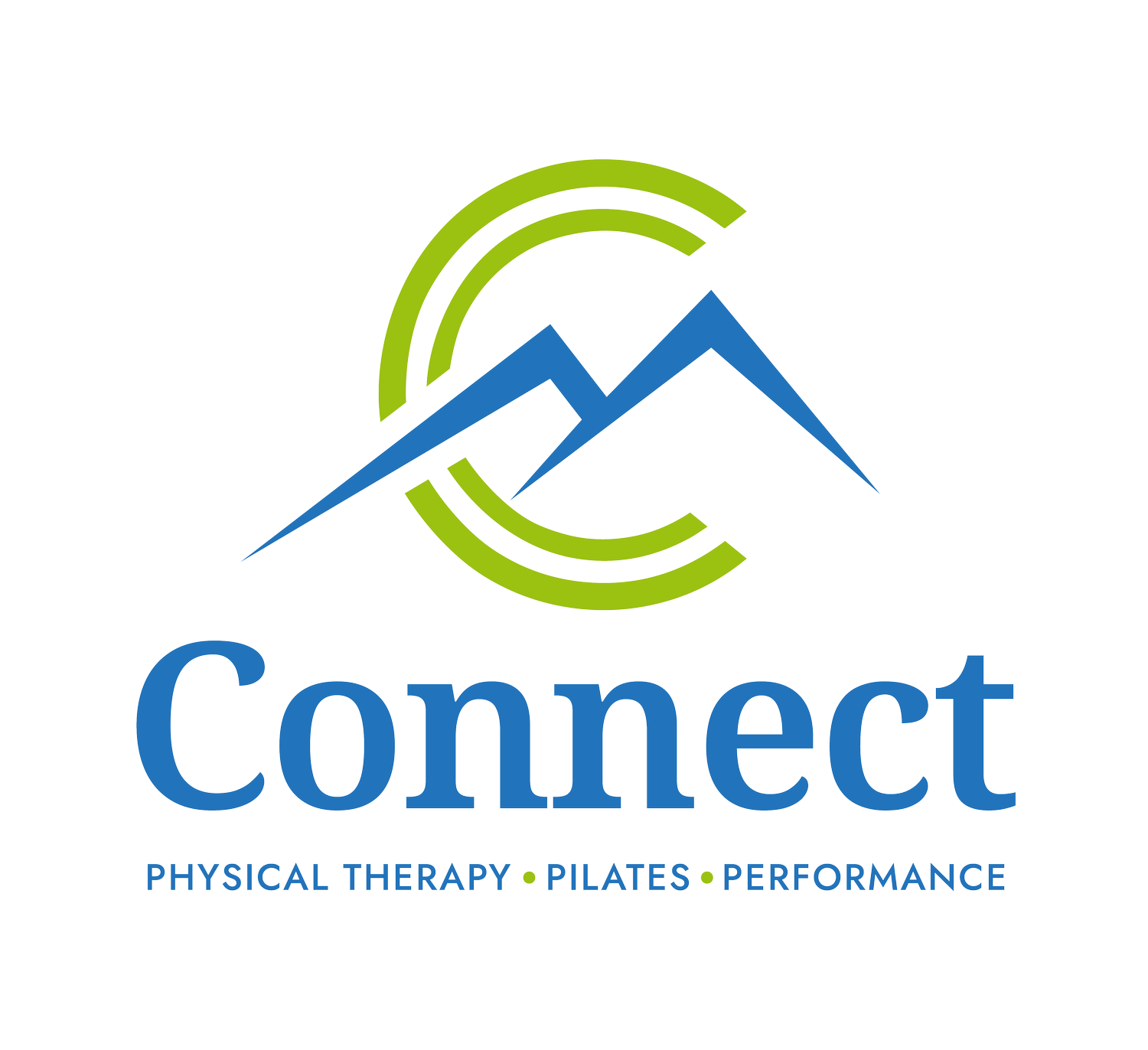Gardening Tips
Despite all our recent snow, spring gardening season is upon us. Moving to Evergreen has shortened my growing season and I already feel like I’m trying to catch up with getting some seed starts going indoors. As we all start to visualize our outdoor spaces covered in something other than white, here are a few tips to minimize gardening aches and pains.
Tip #1 – Be aware of your surroundings
Yardwork and gardening involve a lot of “stuff.” We typically have gloves, shovels, trowels, cords, bags of soil and rocks, and hoses to contend with. Not to mention the uneven ground we’re walking on. Injuries from falling can be prevented by keeping a tidy workspace and a clear path. Consider using a bucket or tote to carry all your tools and make sure you have a clear path when you’re walking. It’s a good idea to clear a walkway first before lugging all your supplies along with you. Check for loose rocks or stones, large divots in the ground, and large sticks that may trip you up. Make multiple trips if you have a lot of supplies.
Tip #2 – Know your back
In general, our spines are more resilient than we give them credit for. However, gardening can be especially tough as it involves more lifting and carrying and more bending over than we may be used to. If those aren’t things you’ve been practicing through the winter, you’ll need to start in smaller chunks. Spending an entire day in the yard doing heavy work can set you up for more aches and pains than you may like. Consider starting with 1-2 hours at a time and take frequent breaks. Regardless of how trained you may be, we all need to limit how much time we spend bent over. Consider pulling weeds or digging from a hands and knees position instead of bending over. Or, stand and use a larger shovel to take advantage of your leg power. Varying your position will go a long way to minimize soreness. Finally, make sure to take some time to stretch in other directions when you can. This can be as simple as standing up straight and leaning back or lying on your belly and lifting your chest to stretch. Another option is to reach one arm overhead and stretch sideways or stand and twist. It only takes a few minutes and your back will thank you for it!
Tip #3 – Core, Core, Core
Whether you’re lifting a bag of mulch or planting a seed in a pot, your core should be helping you. I always ask my clients the question, “Where are you getting support to do that?” when they are moving and that’s my advice when you’re working in the garden. Depending on the task, the support should feel like a gentle hug around your middle. Not so hard that you couldn’t talk or take a deep breath but enough for you to know that you’re supported. As tasks become harder you’ll need more support.
Not sure if your core is ready? Pilates is a great way to not only gain the strength and flexibility you need to stay healthy but to get more CONNECTed to your body. It’s the only one you’ve got after all! Call us today to learn more or to set up an appointment.
